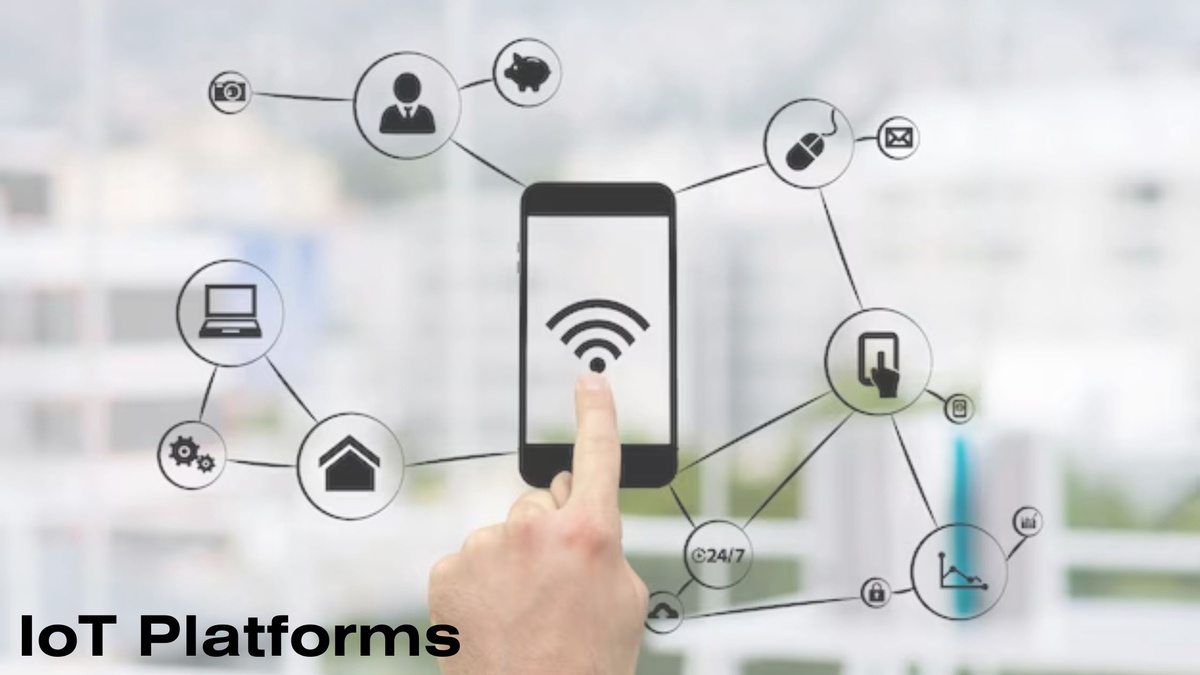In the rapidly evolving landscape of construction, technology is no longer just an option; it's a necessity. The integration of Internet of Things (IoT) devices into construction sites is revolutionizing the industry, paving the way for increased efficiency, safety, and cost-effectiveness. From monitoring equipment performance to optimizing workflow, IoT is reshaping how projects are managed and executed.
In this blog post, we'll explore the steps for implementing IoT integration in construction sites:
Identify Objectives and challenges:
Before diving into IoT implementation, it's crucial to identify the specific objectives you aim to achieve and the challenges you seek to address. Whether it's enhancing safety protocols, optimizing equipment usage, or improving project timelines, a clear understanding of your goals will guide the entire integration process.
Assess Infrastructure and Connectivity:
Evaluate the existing infrastructure and connectivity at the construction site. IoT devices rely on stable internet connectivity to transmit data in real-time. Ensure that the site is equipped with robust networking infrastructure to support the influx of data from various sensors and devices.
Select Appropriate IoT Devices and Sensors:
Choose IoT devices and sensors tailored to meet the needs of your construction project. This could include GPS trackers for equipment, environmental sensors to monitor temperature and humidity, motion sensors for security, or wearables to track worker safety. Select devices that are rugged, durable, and compatible with your existing systems.
Integrate IoT Platforms and Software:
Implement IoT platforms and software solutions to manage and analyze the data collected from sensors. These platforms provide a centralized interface for monitoring and controlling IoT devices, as well as generating actionable insights. Choose platforms that offer scalability, interoperability, and customizable features to adapt to evolving project requirements.
Ensure Data Security and Privacy:
Prioritize data security and privacy throughout the IoT integration process. Implement encryption protocols, access controls, and authentication mechanisms to safeguard sensitive information collected from construction sites. Compliance with industry regulations such as GDPR and CCPA is essential to maintain trust and integrity.
Train Personnel and Stakeholders:
Provide comprehensive training to personnel and stakeholders involved in the construction project. Educate them on the functionalities of IoT devices, data interpretation, and best practices for utilization. Empowering teams with the necessary skills and knowledge will facilitate smooth adoption and maximize the benefits of IoT integration.
Pilot Testing and Iteration:
Conduct pilot testing of IoT devices and systems in a controlled environment before full-scale deployment. Evaluate their performance, reliability, and compatibility with existing workflows. Gather feedback from users and stakeholders to identify areas for improvement and iterate accordingly.
Scale Implementation and Continuous Monitoring:
Once the pilot testing phase is successful, scale up the implementation of IoT integration across the construction site. Deploy additional devices as needed and establish protocols for continuous monitoring and maintenance. Regularly review performance metrics and analytics to identify opportunities for optimization and refinement.
Embrace Data-Driven Decision Making:
Leverage the wealth of data collected from IoT devices to drive informed decision-making processes. Analyze trends, patterns, and anomalies to identify bottlenecks, mitigate risks, and improve operational efficiency. By harnessing the power of data, construction companies can make proactive decisions that lead to better outcomes.
Foster Collaboration and Innovation:
Encourage collaboration among stakeholders, technology partners, and industry experts to foster innovation in IoT integration. Share insights, best practices, and lessons learned to collectively drive advancements in construction technology. By fostering a culture of innovation, construction companies can stay ahead of the curve and remain competitive in the market.
Conclusion
The integration of IoT devices into construction sites presents a transformative opportunity for the industry. By following the outlined steps and embracing a comprehensive approach to IoT integration, construction companies can unlock new levels of efficiency, safety, and productivity. Moreover, leveraging the expertise of an IoT app development company can streamline the implementation process and ensure the seamless integration of IoT solutions tailored to the unique needs of construction projects. As the construction industry continues to embrace digital transformation, IoT integration will play a pivotal role in shaping its future landscape, driving innovation, and enhancing competitiveness in the global market.


No comments yet